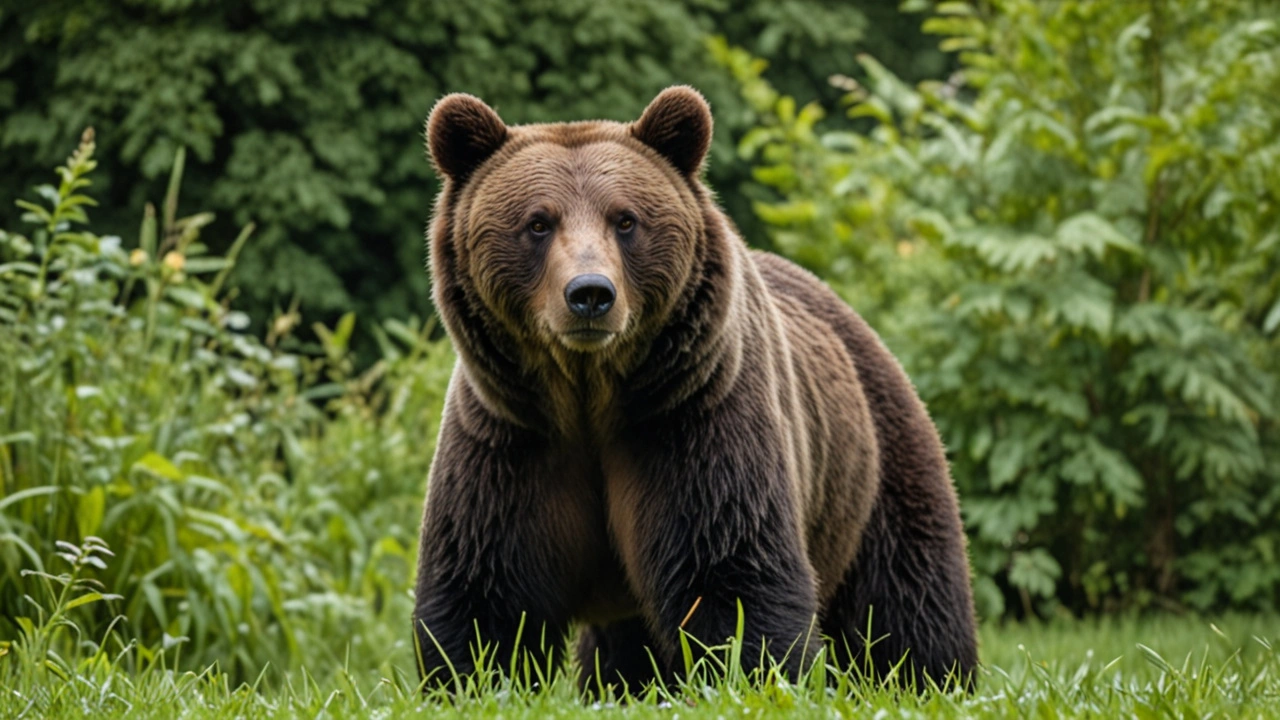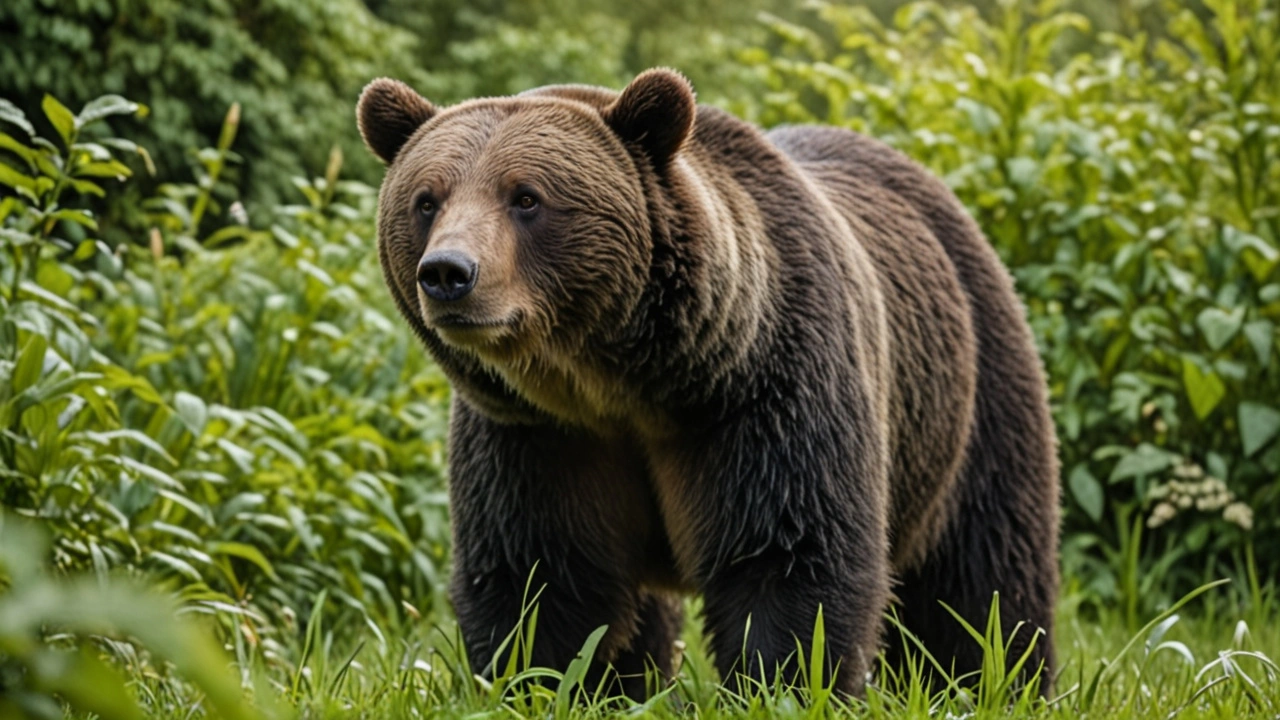Japan Tackles Rising Bear Attacks with New Shooting Regulations

In News
Japan’s Battle with Rising Bear Attacks
Japan is currently confronting a significant surge in bear attacks, a trend that is causing considerable concern among residents and authorities. With a record 219 bear attacks reported in the year leading up to April, including six fatalities, the country is grappling with how to effectively manage the threat these wild animals pose. The situation has prompted a pressing need to simplify the regulations surrounding the shooting of bears, particularly in residential areas where humans are increasingly at risk.
The rise in bear encounters is not a sudden phenomenon but the result of a series of ecological and societal changes. One of the key factors contributing to the increase in bear numbers is Japan's aging and dwindling rural population. As more individuals leave the countryside or grow too old to maintain the land, forests and wildlife habitats are growing more unrestrained, inadvertently leading to a resurgence in bear populations. Consequently, bears are more frequently entering human settlements, sometimes perceiving people as prey, which has underscored the significance of this growing concern.
Challenges in Bear Management
Currently, the management of bear encounters in Japan is quite stringent. Licensed hunters are required to obtain police authorization before they can use firearms to neutralize a bear, a process that can be time-consuming and bureaucratically cumbersome. The Japanese government recognizes that these delays could potentially endanger human lives, and as such, there is a push to streamline this procedure. Proposed legislative changes in the upcoming parliamentary session aim to facilitate faster and more efficient responses, allowing hunters to act more swiftly to safeguard communities.
However, not everyone is convinced that simplifying shooting regulations will be a panacea. Satoshi Saito, the executive director of the Hokkaido Hunters' Association, has expressed reservations about the efficacy and safety of shooting bears in densely populated areas. He emphasized that confronting a bear is fraught with unpredictability and danger; should a bear fail to be neutralized swiftly, the situation could rapidly deteriorate, posing further risks to human safety. These concerns highlight the inherent complexities and potential hazards involved in the management of bear encounters.

The Hokkaido Conundrum
The island of Hokkaido exemplifies Japan's escalating bear crisis. As Japan's northernmost major island, Hokkaido has experienced a notable increase in its brown bear population, which currently stands at approximately 12,000. This is in stark contrast to the estimated 10,000 black bears scattered throughout the rest of Japan. The rising number of brown bears has led to an uptick in bear-human conflicts, with local authorities exploring several methods to deter bear incursions. Among these are the deployment of robotic wolves intended to scare away bears and the development of artificial intelligence (AI) warning systems designed to alert communities of nearby bear activity.
Efforts and Obstacles in Bear Control
Despite innovative attempts to counter the bear threat, the endeavor to effectively control the bear population and reduce bear-human encounters faces numerous challenges. Authorities have attempted to recruit hunters for patrolling streets, setting traps, and eliminating bears in high-risk areas such as Naie. However, these efforts have encountered significant obstacles due to the hazardous nature of the job, insufficient compensation, and an aging demographic among hunters. Many seasoned hunters express reluctance to engage in bear control activities, citing the extreme risks comparable to facing a military commando.
With the severity of bear-human conflicts becoming increasingly evident, there is a palpable urgency for proactive measures to mitigate the risks. Recent incidents, such as the mauling of police officers in Akita Prefecture, have underscored the gravity of the situation. The increasing proximity of bears to human habitats, exacerbated by dwindling food sources and the impacts of climate change, has led to a spike in encounters, particularly during the bears' active foraging periods in April and from late summer to early autumn.

Long-term Strategies and Solutions
While immediate legislative changes to streamline shooting regulations are essential for addressing acute threats, experts emphasize the importance of long-term strategies for sustainable coexistence between humans and bears. One such expert, Mr. Tanaka of the Picchio Research Center, advocates for a comprehensive approach focusing on forest conservation and biodiversity. By preserving bear habitats and ensuring that bears have sufficient natural food sources, the frequency of bear intrusions into residential areas can be minimized.
Additionally, clarifying the roles and responsibilities of local authorities and hunters in managing bear populations within urban and suburban settings is crucial. A well-defined framework will ensure that responses to bear encounters are coordinated and effective, ultimately contributing to public safety. The need for such measures becomes increasingly apparent as Japan continues to navigate the delicate balance between wildlife preservation and human safety.
As Japan endeavors to reconcile these complex issues, the nation's experiences offer valuable insights into the broader challenges faced by countries worldwide in managing human-wildlife conflicts. The escalating bear attacks in Japan serve as a poignant reminder of the intricate interplay between environmental, societal, and legislative factors in addressing wildlife-related threats.
Conclusion
In conclusion, Japan's increasing bear attacks and the country's response illustrate the urgent need for both immediate and long-term solutions. Streamlining shooting regulations is a necessary step toward protecting human lives in the short term. However, ensuring the preservation of bear habitats and fostering sustainable coexistence with wildlife through comprehensive strategies remains a critical and ongoing endeavor. By addressing these challenges holistically, Japan can mitigate the risks posed by bear encounters while maintaining its commitment to wildlife conservation.
Write a comment